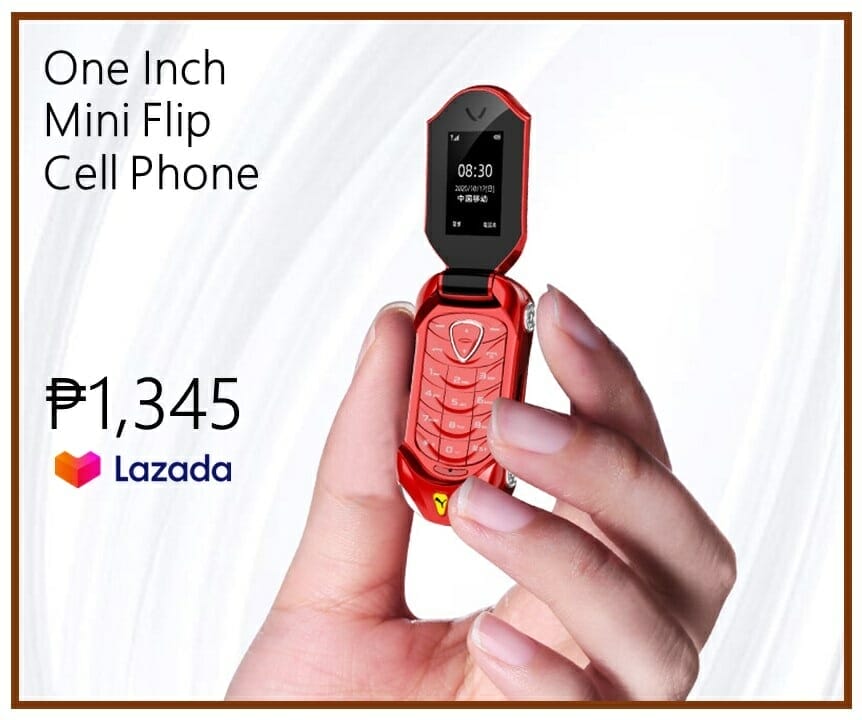Have you ever wondered how large a business has to grow before they start shipping things across the ocean? For many businesses, they probably don’t even reach a point where they’re delivering items to neighboring states. The fact is, the scope of a business’s audience is actually quite limited, and there are usually lots of considerations to keep in mind before you even attempt to widen your area of service.
Of course, modern technology has helped us a lot by making it easier to ship products directly to our customers no matter where they are in the world. Dropshipping is a great example of this, but as a result of it, we tend to lose a bit of quality control and personalization. The really successful and large businesses tend to ship large amounts of product across the ocean just to reach overseas customers. In some cases, they might even be shipping products to their home country from wherever it’s manufactured!
As you might expect, logistics plays an increasingly important role in business as you grow. We believe most entrepreneurs and small business owners know this already, but how exactly does a business progress from humble local beginnings to international expansion? Let’s dive into this topic and take a closer look at the different systems in play.
Small businesses serve their customers directly
The most efficient way for a small business to sell its products is to provide them directly to its customers. This can change depending on how a business starts up. For example, a local business that sells video games will likely only reach an audience around their physical location. If they’re set up for online orders, they could have country-ride reach thanks to national logistics systems. This means they have their entire country covered when it comes to deliveries.
To expand, small businesses can also sell to international customers–but this comes at a fairly high cost depending on the customer’s location. In the majority of cases, the shipping costs are paid for by the customer, but this can lead to some extremely undesirable costs–especially when it comes to shipping between certain countries. This can make it prohibitively expensive for customers to buy from certain businesses in various countries, which can harm a company’s potential audience and reach.
However, there is a way around that–dropshipping. Dropshipping can be an excellent way to get products to international customers if you can accept a few caveats. For instance, dropshipping means that you aren’t actually selling your products, and this can have a couple of negative connotations. You won’t be able to check the quality of the product before sending it, you can only provide limited support because you don’t make the products, and you can’t personalize the packages with your branding.
If you can accept those disadvantages with dropshipping, then a small business can reach larger audiences at the cost of some quality control and conveniences. It’s a great way to start a business on a tight budget, and there are still plenty of successful companies that can grow with just dropshipping alone.
But as you can see, small businesses rarely ever dabble in complex logistics networks because it’s just not cost-effective. Delivering directly to their customers is far more efficient given their lower order numbers, and it can be difficult to reach overseas customers due to expensive shipping costs.

Growing a business through national distribution
Businesses often have to make the decision to expand their operations nationally or internationally unless they have a vast amount of resources at their disposal.
National distribution usually means building a new logistics network or taking advantage of existing ones to carry goods around the country. The purpose of this is to provide faster and more convenient distribution of goods to customers in different locations. Since this happens on a national level, the cost can be surprisingly affordable, especially when compared to sending out packages to individuals on the other side of the country.
This can sound daunting even to seasoned entrepreneurs, but there are a couple of ways to make this easier. Instead of designing a logistics network from scratch, many companies utilize services like Fulfillment by Amazon (FBA). These services allow you to outsource order fulfillment to Amazon as part of their logistics network. This means you can take advantage of their fulfillment centers and delivery drivers around the country.
However, there are a couple of downsides to this. For one, you won’t actually be growing your own business as much because you’ll become reliant on Amazon. Some businesses may be concerned about the impact of Amazon’s branding over their own, and you’ll only be able to sell through Amazon and not your own websites. This also means that you’re at the mercy of Amazon’s infrastructure and policies, so you won’t have much control over your stock or how things work. In addition, there are storage and inventory limitations at times, meaning your ability to scale will be restricted by Amazon.
So, if you’re fine with losing a bit of control over your products and relying heavily on Amazon to sell items, then FBA can be a great option. Tapping into a nationwide logistics network comes with many advantages, and you’ll undoubtedly reach a wider audience thanks to Amazon’s reach. However, you should definitely think about your own branding as well.
Some businesses start by using FBA and then eventually move on to different fulfillment companies where they can maintain more control. Alternatively, if their growth is fast enough, then they can also rent warehouses and hire employees to create their own fulfillment centers. However, this requires a lot of planning and investment, and it shouldn’t be considered unless you’re confident in your ability to scale and take advantage of the national market.
What it takes to reach global distribution
Some companies spend a lot of time selling their goods within their country for a long time. They might dabble in selling products to neighboring countries or specific countries for some time, but achieving the status of an international company isn’t easy.
Sure, you might sell a handful of products to overseas customers now and then, but we wouldn’t really call that international. What we’re referring to here is the need for shipping containers to haul tens of thousands of products to different countries for the sake of easier distribution, or even setting up manufacturing plants in other parts of the world just to keep up with demand.
When a business grows to this size, you’ll likely have dozens of employees working at various parts of the supply chain–but that doesn’t mean every employee in the chain works for your company. There’s still a lot of room for flexibility here. For example, a smartphone or electronics company can still outsource the production of their devices to factories around the world. Similarly, you’ll likely still have to rely on shipping companies that own large container ships to help you ferry goods around the world.
However, the key characteristic of a company tackling global distribution is that you have a huge number of customers in all parts of the world. We’re not talking about a handful of fans in another country that buy your products every month, but rather your brand is so well-known that you can purchase products off the shelves of local supermarkets and electronics stores.
When a company reaches this stage of popularity and demand, it’s vital to stay competitive by breaking into international markets before competitors can form. Establishing yourself as a global brand isn’t easy–it requires a lot of work from your marketing team and you’ll have to think about nuanced considerations such as how your products may be perceived differently by local audiences. You have to be sensitive to cultures, language barriers, and potentially different demographics as well.
There’s a lot to think about when it comes to selling your products internationally. Thankfully, you’ll get a lot of assistance to help you make informed decisions when you reach this stage. This comes from hiring new positions for your company such as an international sales manager, market analysts, language and cultural specialists, and also supply chain coordinators. Once you begin to tackle the juggernaut that is global distribution, you should have a well-coordinated team of experts ready to advise you.
Conclusion
The idea of progressing from a humble local business into a global corporation is daunting, no matter how experienced you are. You’ll start to add more and more employees to your company, there’s more room for negative feedback, and you can no longer make gut-based decisions because there’s a lot of responsibility riding on your shoulders.
Thankfully, there are lots of smart people out there who can help advise you and maintain your global corporation. However, you need to think if it’s the smart decision for your business and the products it sells. Not all companies are destined to reach a global audience, but you can certainly gear yourself toward those lofty goals by carefully considering what your business offers in its early stages.














